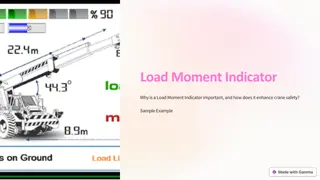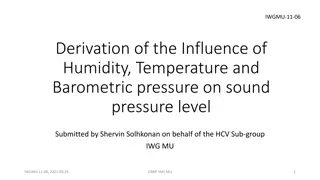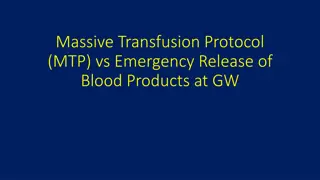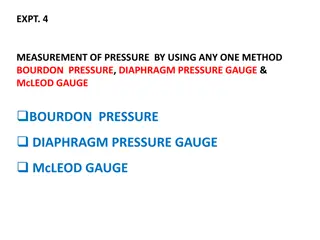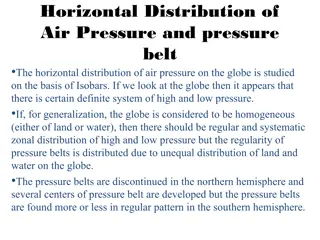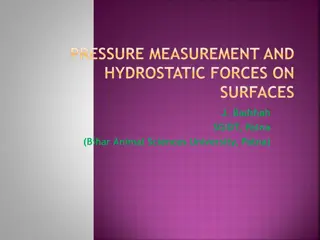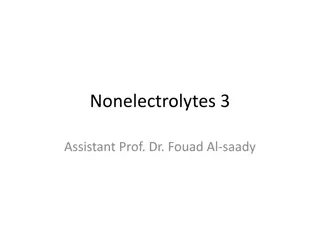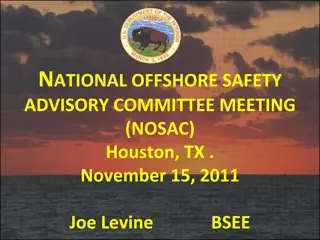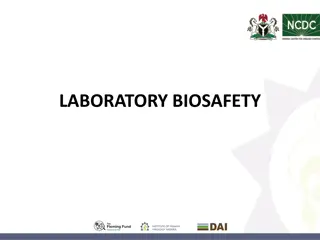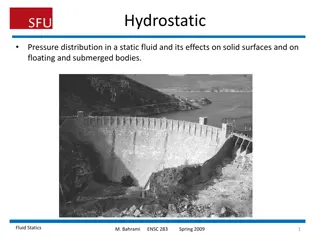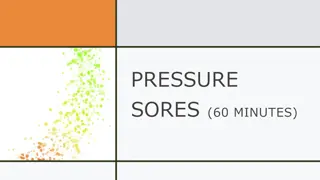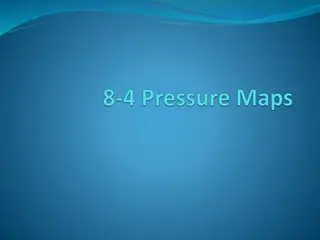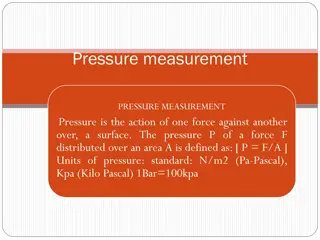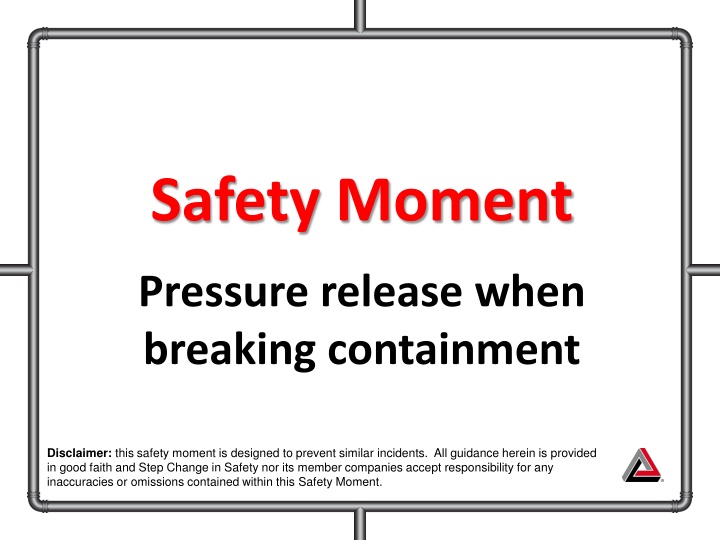
Safety Moment: Pressure Release When Breaking Containment
This safety moment highlights the importance of being cautious when breaking containment to prevent incidents like sudden pressure releases. It discusses a case where a technician sustained injuries due to trapped pressure in a system previously depressurized. The key message is to always assume pressure may be present, follow proper procedures, and communicate effectively during such tasks to prevent accidents.
Download Presentation

Please find below an Image/Link to download the presentation.
The content on the website is provided AS IS for your information and personal use only. It may not be sold, licensed, or shared on other websites without obtaining consent from the author. If you encounter any issues during the download, it is possible that the publisher has removed the file from their server.
You are allowed to download the files provided on this website for personal or commercial use, subject to the condition that they are used lawfully. All files are the property of their respective owners.
The content on the website is provided AS IS for your information and personal use only. It may not be sold, licensed, or shared on other websites without obtaining consent from the author.
E N D
Presentation Transcript
Safety Moment Pressure release when breaking containment Disclaimer: this safety moment is designed to prevent similar incidents. All guidance herein is provided in good faith and Step Change in Safety nor its member companies accept responsibility for any inaccuracies or omissions contained within this Safety Moment.
System previously depressurised Trapped pressure unknown to work party Corroded bolts to be removed Valve in closed position A blind flange was being removed to replace corroded bolts. The valve was connected to a system which had been previously de-pressurised. What hazards are there? What could go wrong? What might be the consequences? DISCUSS Pressure release when breaking containment
What happened: There was a sudden uncontrolled release of pressure when the last retaining bolt was removed The technician sustained eye and face injuries due to rust particles which penetrated his temple, eyes and cheeks Why it happened: The system had been depressurised, vented and drained during initial breaking of containment, and blank ends had been removed from the vessel with no indication of any pressure. Work had been on-going for two days and there was an assumption that there was no longer any pressure in the system. However, there was trapped pressure between the flange and a closed valve. Pressure release when breaking containment
What behaviours and steps could prevent this from occurring? DISCUSS What might you do differently today in your work? Pressure release when breaking containment
Help and advice Depressurised systems can contain pockets of pressure. This should be covered during the Toolbox Talk to ensure all the team are aware. The area operator/authority should be able to demonstrate that there is no pressure contained and monitor breaking containment. Avoid complacency and approach every breaking of containment as if pressure might be present. Control of Work processes and breaking of containment procedures must be followed. Useful resources: Pressure release when breaking containment
Which of the 7Cs are involved in this safety alert? Change management Communication Complacency Control of work Competence Culture Commitment Did this presentation result in discussion? Please share your comments here. Could your discussion lead to creating another alert to share with industry? Please contact : info@stepchangeinsafety.net Pressure release when breaking containment

